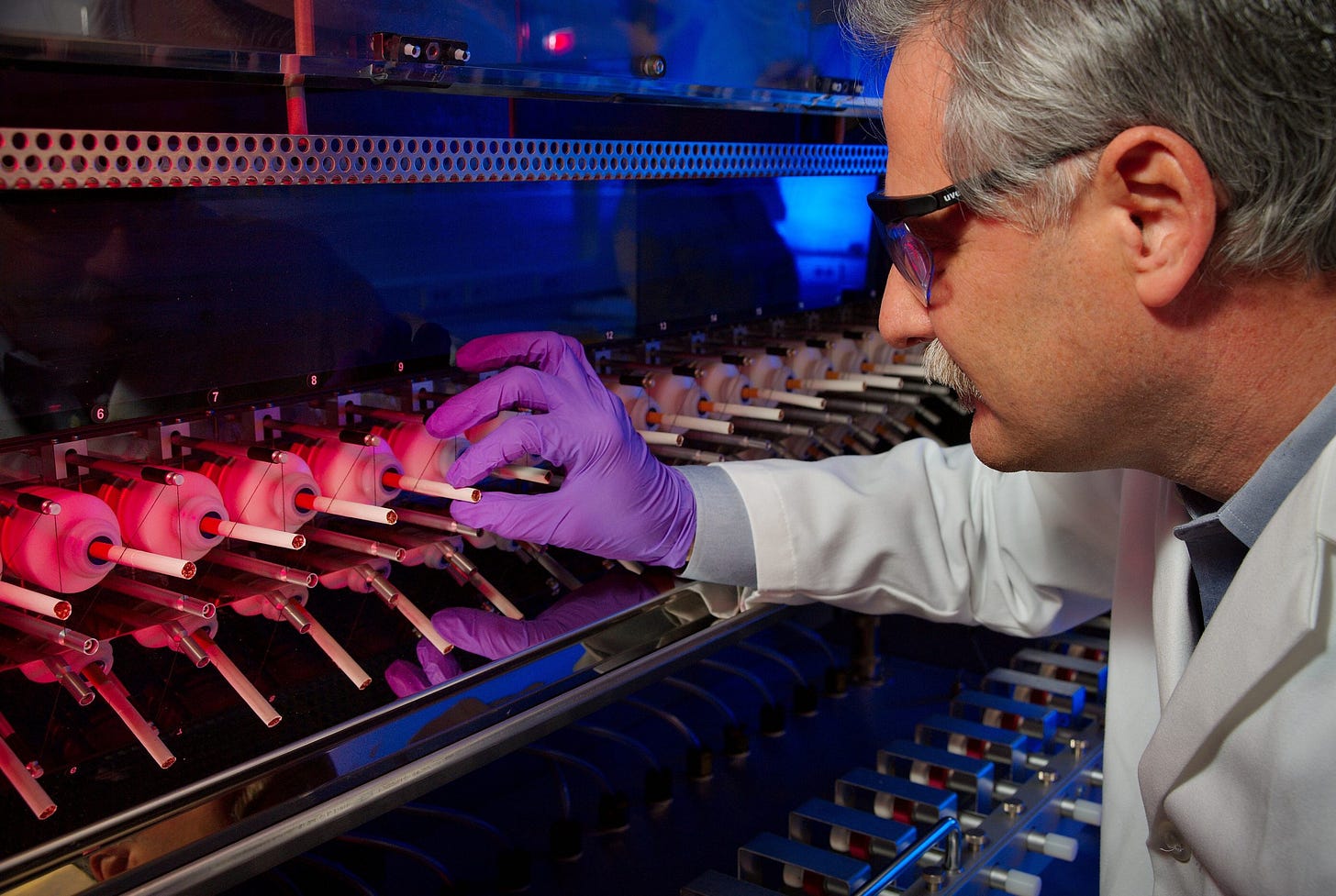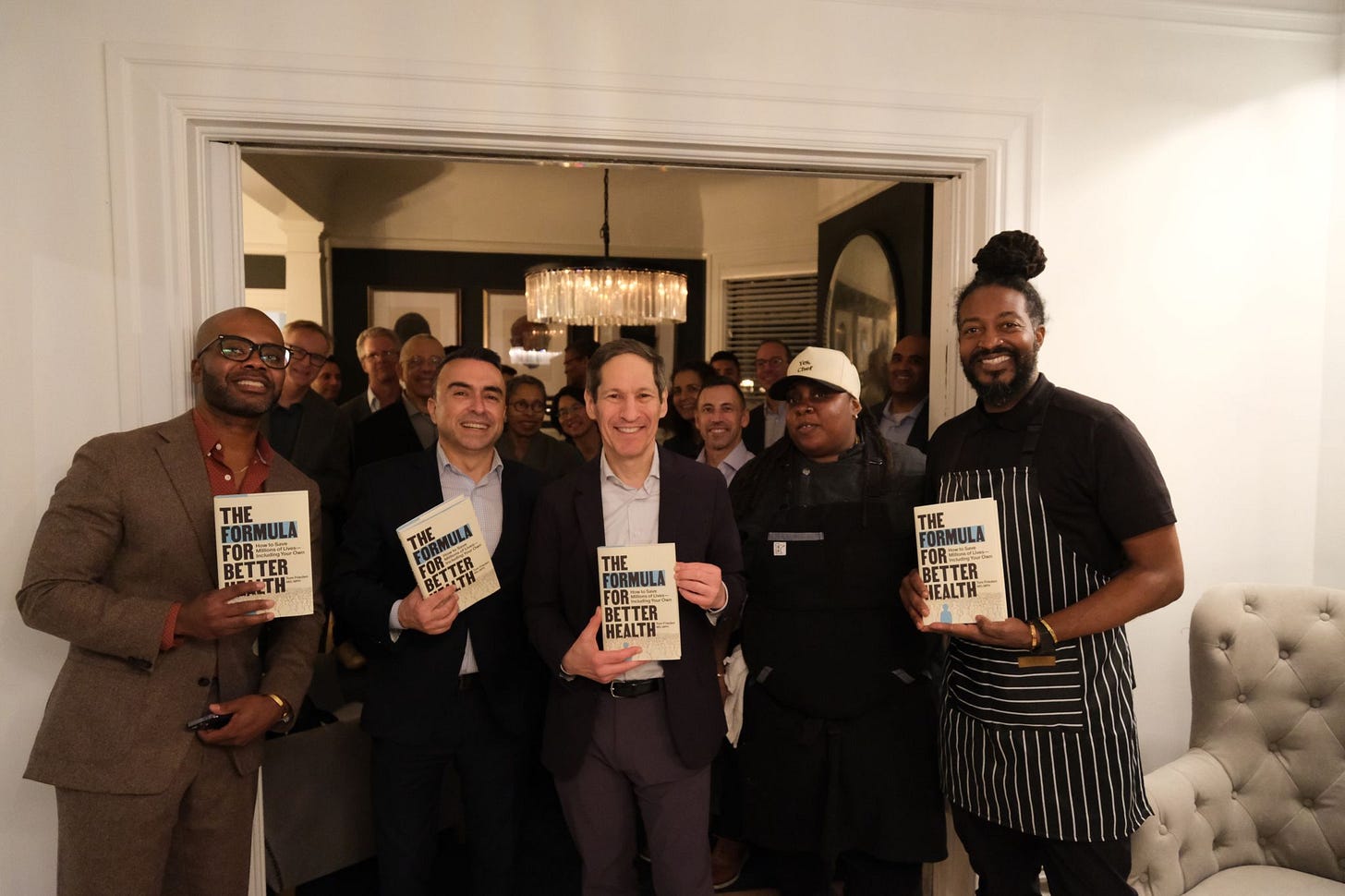The Myth of Unfettered Free Will
Why personal vs. societal responsibility is the wrong way to think about choices
Tobacco use isn’t inevitable; it’s the result of specific, purposeful actions by one industry, and every year it kills more than 400,000 people in the US and 8 million people around the world.
When the CDC tobacco laboratory ordered a machine to analyze cigarette smoke, the tobacco industry tried, unsuccessfully, to block the sale. At first, no one understood why. Over time, the reason became clear.
Cigarette filters had tiny holes on their sides. When a smoker held a cigarette, their fingers usually covered the holes. This sent the smoke and toxins right into smokers’ lungs. The smoking machine used by the tobacco industry to brag about “safer” cigarettes attached to the cigarette with a clamp, so the holes weren’t covered. This way, the room air diluted the cigarette smoke analyzed by the machine. They might have been “safer” in the lab, but they weren’t in real life.
This was only the beginning. The more CDC scientists studied, the more strategies they uncovered that the tobacco industry used to maximize cigarette addictiveness. Although it’s common knowledge that cigarettes are addictive, for years, tobacco companies denied it. On April 14, 1994, the heads of seven major tobacco companies testified under oath before the US Congress that cigarettes are not addictive.
Internal documents made public through a lawsuit revealed that tobacco companies knew better. In these documents, they referred to the cigarette as a “nicotine delivery device” and acknowledged that it’s the nicotine in cigarettes that makes people want to smoke. Not only did their companies know cigarettes are addictive, they were engineering cigarettes to become even more so.
Tobacco companies make sure the part farthest from the filter has the most nicotine so that the first few puffs gave an extra rush of nicotine.
Companies use ammonia, urea, and other alkaline substances to raise the pH of tobacco, increasing the proportion of “free” nicotine—an even more addictive form that’s absorbed by the lungs and reaches the brain faster.
They added menthol to make cigarettes feel less harsh and reduce cough. Menthol also appears to increase the number of nicotine receptors in the brain.
In addition to engineering addiction, the tobacco industry has spent hundreds of billions of dollars on advertising, marketing, and promotion. In 2019, the largest cigarette and smokeless tobacco companies spent $8.2 billion on advertising and promotional expenses in the United States alone.
The Myth of Unfettered Free Will
We may think that our personal lifestyle represents our own free choice, but that belief is often mistaken. Smokers’ “free” choice to smoke is far from free. More than 80 percent of smokers become addicted as teenagers, not as adults making an informed choice. Tobacco addiction is a particularly clear example of the myth of unfettered free will—but it’s just an example of a much broader pattern.
Much of personal lifestyle is socially conditioned. In many cases it makes little sense to expect individuals to behave differently from their peers.
As I explore in The Formula for Better Health, the myth of unfettered free will leads us to assume we’re masters of our own health rather than recognize that without vaccines, treatments, screening, and follow-up, we may get sick and die.
It’s difficult to recognize how product design, engineering, marketing, and economic incentives shape behavior. But when we see these forces clearly, we can shift from blaming individuals to fixing systems. This doesn’t let individuals off the hook. It’s not a question of societal vs. personal responsibility—we support health and free choice by promoting both, because both are necessary.
To overcome the myth of unfettered free will, we must reveal and counteract forces that undermine free choice. The tobacco, alcohol, junk food, gun, fossil fuel, and other industries try to sabotage each part of the formula.
To prevent us from seeing, they hide the harms of their products and obscure the path to progress by funding misleading research and trying to infiltrate public health institutions and weaken guidance.
To block belief in change, they strengthen the illusion that use of their products is a normal part of life and that climate change, cancers, heart attacks, and other harms their products cause are inevitable.
To block solutions, they lobby against effective actions such as taxation, regulation, and restrictions on marketing, sales, and promotion. They hide their activities with donations to and engagement with community groups and governments, depicting themselves as protecting the health that their actions undermine.
Tipping the balance toward health requires understanding how each industry or company affects the See/Believe/Create formula: whether people see future harms, believe progress is possible, and take action. (I hope you’ll read or listen to the book. If you like it, please leave a rating on Amazon or wherever you purchased it. As with this column, proceeds from the book go to support organizations and programs that work for health progress.)
Working with political leaders and the court system, public health has powerful tools, ranging from media attention to taxation, regulation, bans, and litigation. The profit motive isn’t inherently inimical to health—it’s generally oblivious to it. Public health can encourage industries that promote health and restrict those that harm health, but only if it has adequate funding.
To overcome the myth of unfettered free will, we must expose and counteract the forces that undermine free choice. This is about freedom. Consumers deserve the right to make truly informed choices, not manipulated by corporations profiting from addiction and disease.
Dr. Tom Frieden is author of The Formula for Better Health: How to Save Millions of Lives – Including Your Own.
The book draws on Frieden’s four decades leading life-saving programs in the U.S. and globally. Frieden led New York City’s control of multidrug-resistant tuberculosis, supported India’s efforts that prevented more than 3 million tuberculosis deaths, and led efforts that reduced smoking in NYC.
As Director of the CDC (2009-2017), he led the agency’s response that ended the Ebola epidemic. Dr. Frieden is President and CEO of Resolve to Save Lives, partnering locally and globally to find and scale solutions to the world’s deadliest health threats.
Named one of TIME’s 100 Most Influential People, he has published more than 300 scientific articles on improving health. His experience is, for the first time, translated into practical approaches for community and personal health in The Formula for Better Health.




